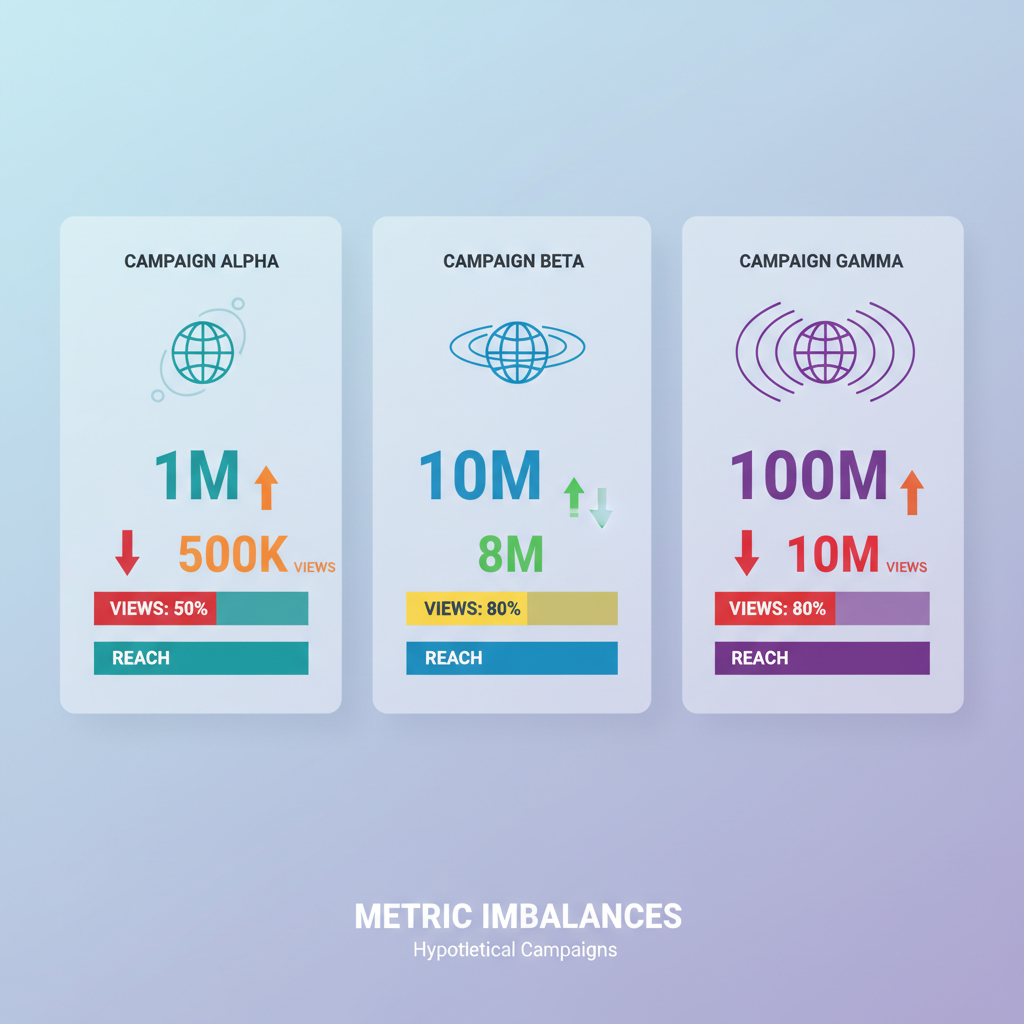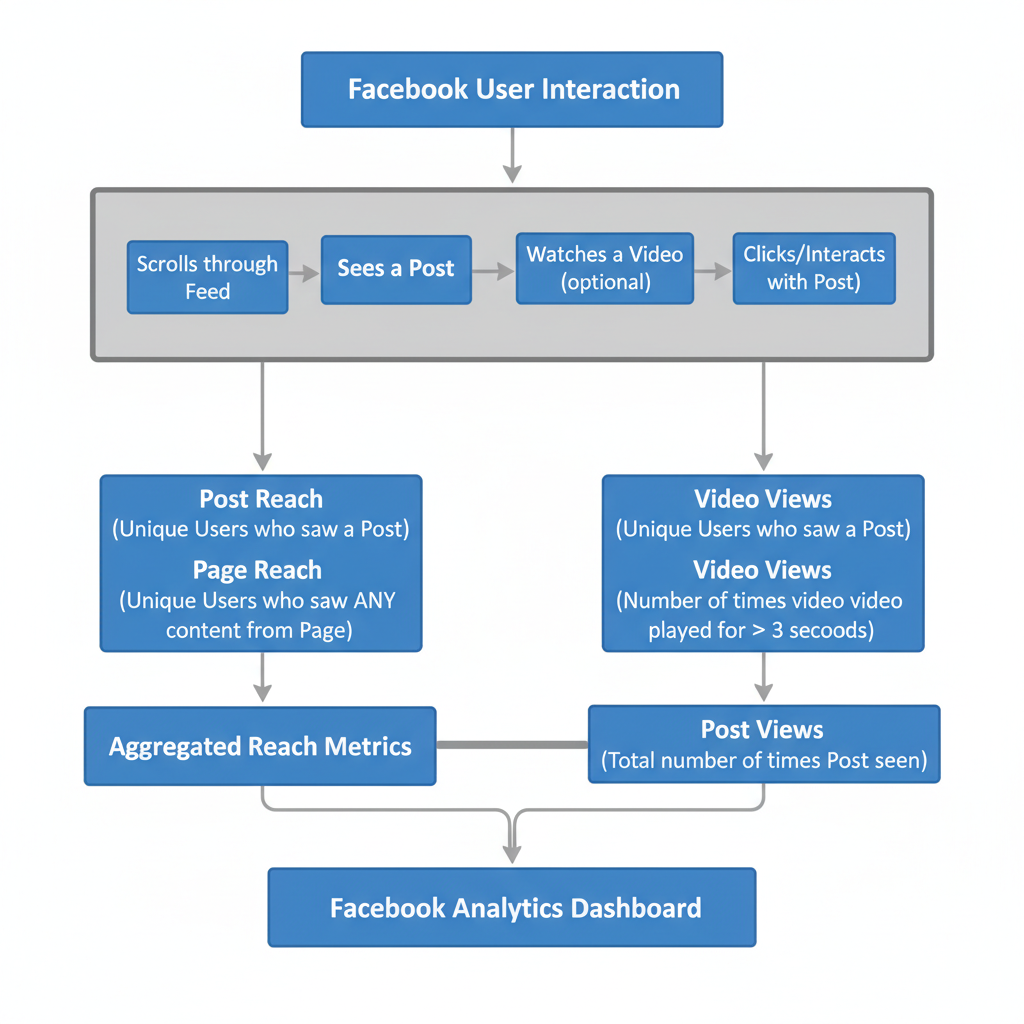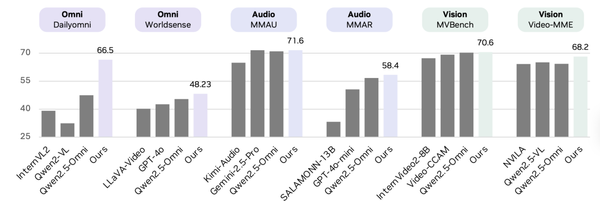Difference Between Views and Reach on Facebook Explained
Learn the key differences between Facebook reach and views, how each is measured, and strategies to improve visibility and engagement on the platform.
Introduction to Facebook Metrics and Their Role in Effective Marketing
In today’s competitive digital space, Facebook remains one of the most influential platforms for promoting brands, products, and services. Whether you manage a personal brand, run social media for a small business, or oversee marketing for a global company, understanding Facebook metrics is vital for gauging campaign success.
Two of the most important—yet often misunderstood—analytics are Reach and Views. These metrics significantly affect how your content is evaluated, optimized, and distributed, but confusion around their definitions can lead to poor marketing decisions.
This guide explains the difference between views and reach on Facebook, clarifies how each is counted, outlines the scenarios in which one may be higher than the other, and shares strategic tips to improve both.
---
What Is “Reach” in Facebook Analytics?
In Meta Business Suite Insights, Reach measures the number of unique users who have seen your content during a selected date range.
Key facts about Reach:
- Unique measurement: Each person is counted only once, even if they see the content multiple times.
- Types of Reach:
- Post Reach: Unique viewers for a specific post.
- Page Reach: Unique viewers for any content from your page over a given period.
- Factors influencing Reach: Algorithm prioritization, content relevance, follower count, timing, and engagement signals.
If you’re asking, "How many distinct people saw my content at least once?", Reach is the metric that answers it.
---
What Are “Views” in Facebook Analytics?
Views record the total number of times your content was displayed or watched, regardless of whether the viewer is unique.
Video Views
For videos:
- Facebook counts a view when someone watches at least 3 seconds (standard for most formats).
- Metrics such as total watch time, completion rates, and repeat views provide deeper insights.
Post Views
For non-video content:
- Often overlap with Impressions, but views here count each instance a post is displayed on a user’s screen.
If you want to know, "How many times was my content actually watched or surfaced?", Views give the answer.
---
Difference Between Post Reach and Page Reach
Reach can be segmented to help marketers focus on content-specific vs. brand-level visibility:
| Type | Definition | Best Use Case |
|---|---|---|
| Post Reach | The count of unique users who saw a specific individual post. | Helps measure performance for each piece of content. |
| Page Reach | The count of unique users who saw any content from a page during a chosen time frame. | Helps measure brand visibility and audience growth over time. |

Post Reach is ideal for determining immediate impact and virality, while Page Reach provides a long-term view of how your Facebook presence performs overall.
---
Video Views vs. Post Views: How Facebook Tracks Them
Facebook applies distinct tracking rules:
- Video Views: Logged when content plays for the minimum qualifying duration (3 seconds for feed videos, 1 second for Stories).
- Post Views: Typically equivalent to impressions, occurring when content appears onscreen.
Key differences:
- Auto-play behaviour: Video views can be inflated without active intent, due to videos auto-playing in user feeds.
- Repeat view potential: One user can generate multiple views but only one reach count.
- Retention impact: Higher average view duration increases the likelihood of content being prioritized algorithmically.
---
Scenarios Highlighting Metric Imbalances
High Reach, Low Views
Often caused by:
- Content surfacing widely but lacking visual or textual hooks.
- Weak headlines or thumbnail images.
- Posting at times when audiences scroll quickly without engaging.
Low Reach, High Views
May occur when:
- Content circulates within small, highly engaged groups.
- Videos prompt replays by the same audience.
- Ad spending focuses on a narrow, existing follower base.
---
Engagement Rate’s Role in Boosting Reach and Views
Engagement rate—the blend of likes, comments, shares, and other interactions—can lift both metrics:
- High interaction boosts reach because Facebook promotes content that sparks discussions.
- Engagement helps generate repeat views, increasing perceived relevance.
---
How Facebook’s Algorithm Interprets Reach and Views
- Reach acts as a signal of potential relevance; content organically reaching more unique people is rewarded.
- Views indicate actual audience interest and viewing time.
- When both are strong, the algorithm is more likely to distribute the content broadly in future placements.
---
Actionable Tips to Improve Your Facebook Reach
- Post at peak audience times using Insights data.
- Use mixed content formats—images, text updates, videos, Lives.
- Incorporate hashtags and relevant keywords to increase discoverability.
- Motivate followers to share to tap into extended networks.
- Respond to audience comments promptly to maintain post activity signals.
- Experiment with boosts targeting strategically defined audiences.
---
Proven Strategies to Increase Facebook Views
- Hook audiences in the first seconds for video content.
- Use high-quality thumbnails that stand out in the feed.
- Create shorter, concise videos to encourage completion.
- Add captions or subtitles to increase accessibility and engagement.
- Include strong CTA prompts to watch until the end.
- Retarget engaged viewers with follow-up content.

---
Why Tracking Both Metrics Improves Campaign Evaluation
Facebook Insights offers clear data for:
- Reach reports: Reveal audience penetration and growth.
- View reports: Show repeat exposure, deeper engagement, and watch behaviours.
Monitoring both helps:
- Spot content that draws initial attention but lacks sustained interest.
- Identify formats that encourage re-engagement.
- Refine campaigns based on measurable audience response patterns.
---
Conclusion: Connecting Reach and Views to Your Marketing Goals
Understanding the difference between views and reach on Facebook ensures more effective analytics interpretation and strategic planning.
- Reach tells you who saw your content.
- Views show how often it was consumed.
Evaluating these metrics together gives a full picture of audience behaviour—who’s finding your content and how deeply they engage with it. Aligning both with your campaign objectives will help you not just be seen, but remembered, and ultimately turn awareness into lasting brand loyalty.
Want to elevate your Facebook marketing? Start tracking and balancing both metrics today to maximize exposure and engagement.




